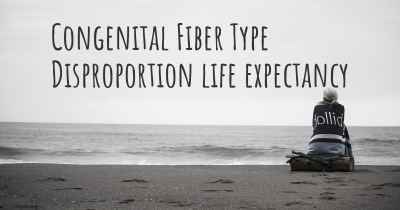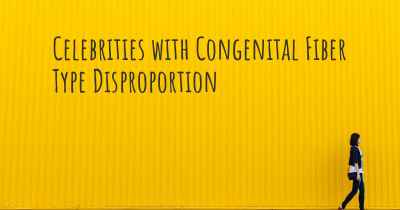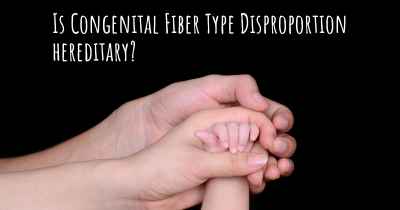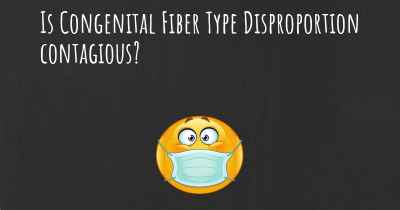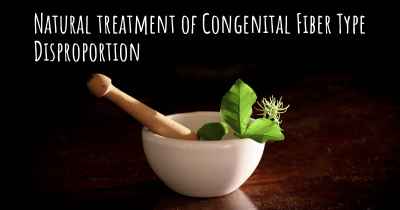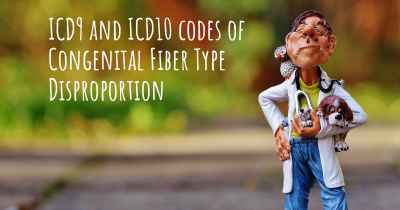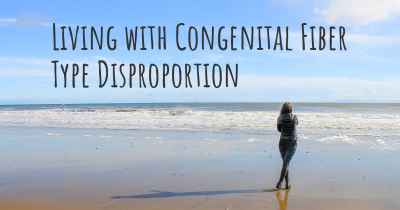Which are the symptoms of Congenital Fiber Type Disproportion?
See the worst symptoms of affected by Congenital Fiber Type Disproportion here
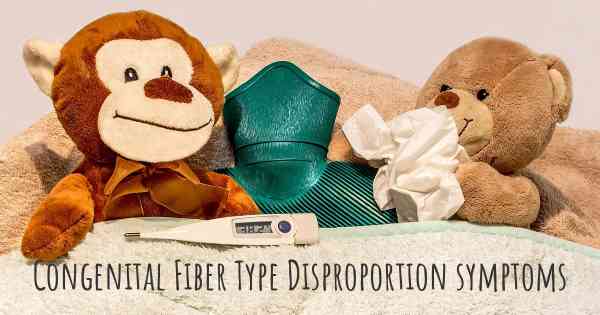
Symptoms of Congenital Fiber Type Disproportion
Congenital Fiber Type Disproportion (CFTD) is a rare genetic muscle disorder that affects the structure and function of skeletal muscles. It is characterized by an imbalance in the size and distribution of muscle fibers. While the exact cause of CFTD is not fully understood, it is believed to be a result of genetic mutations.
1. Muscle weakness: One of the primary symptoms of CFTD is muscle weakness, which can vary in severity. This weakness typically affects the muscles closest to the trunk, such as the neck, shoulders, and hips. It may also impact the muscles involved in breathing and swallowing.
2. Delayed motor milestones: Infants with CFTD may experience delays in reaching motor milestones, such as sitting up, crawling, or walking. These delays are often noticeable during the first year of life and may require physical therapy to help improve muscle strength and coordination.
3. Hypotonia: Hypotonia, or low muscle tone, is another common symptom of CFTD. It refers to reduced muscle stiffness and can contribute to difficulties with posture, balance, and coordination. Infants with CFTD may appear floppy or have trouble holding their head up.
4. Respiratory problems: Some individuals with CFTD may experience respiratory difficulties due to weakness in the muscles involved in breathing. This can lead to shallow breathing, shortness of breath, and an increased risk of respiratory infections.
5. Joint contractures: Joint contractures, characterized by the limited range of motion in joints, can occur in individuals with CFTD. This can lead to stiffness, reduced mobility, and difficulties with activities that require joint movement.
6. Muscle cramps and pain: Some individuals with CFTD may experience muscle cramps and pain, particularly during physical activity or after prolonged periods of inactivity. These symptoms can significantly impact daily functioning and quality of life.
7. Facial weakness: Facial weakness, including weakness in the muscles responsible for facial expressions, can be present in individuals with CFTD. This may result in difficulties with smiling, closing the eyes tightly, or making other facial movements.
8. Speech and swallowing difficulties: CFTD can affect the muscles involved in speech and swallowing, leading to difficulties in these areas. This may manifest as slurred speech, difficulty pronouncing certain sounds, or problems with swallowing solid foods or liquids.
9. Fatigue: Fatigue is a common symptom reported by individuals with CFTD. It can be caused by the increased effort required to perform everyday tasks due to muscle weakness and inefficiency.
10. Other associated features: In some cases, individuals with CFTD may have additional features such as scoliosis (abnormal curvature of the spine), foot deformities, or heart abnormalities.
It is important to note that the severity and specific symptoms of CFTD can vary widely among affected individuals. Some individuals may have mild symptoms and lead relatively normal lives, while others may experience more significant impairments that require ongoing medical management and support.
